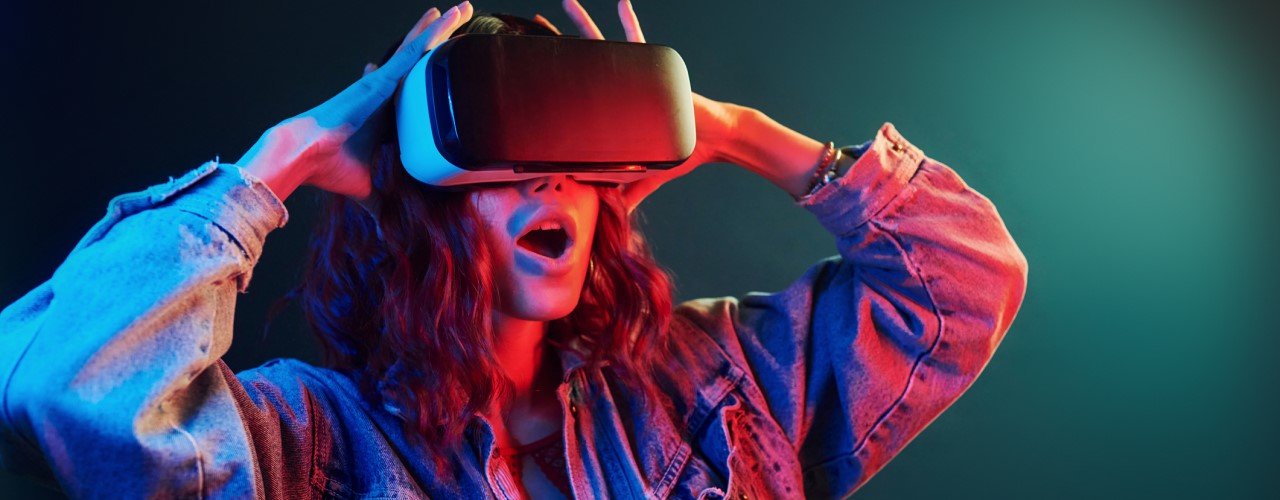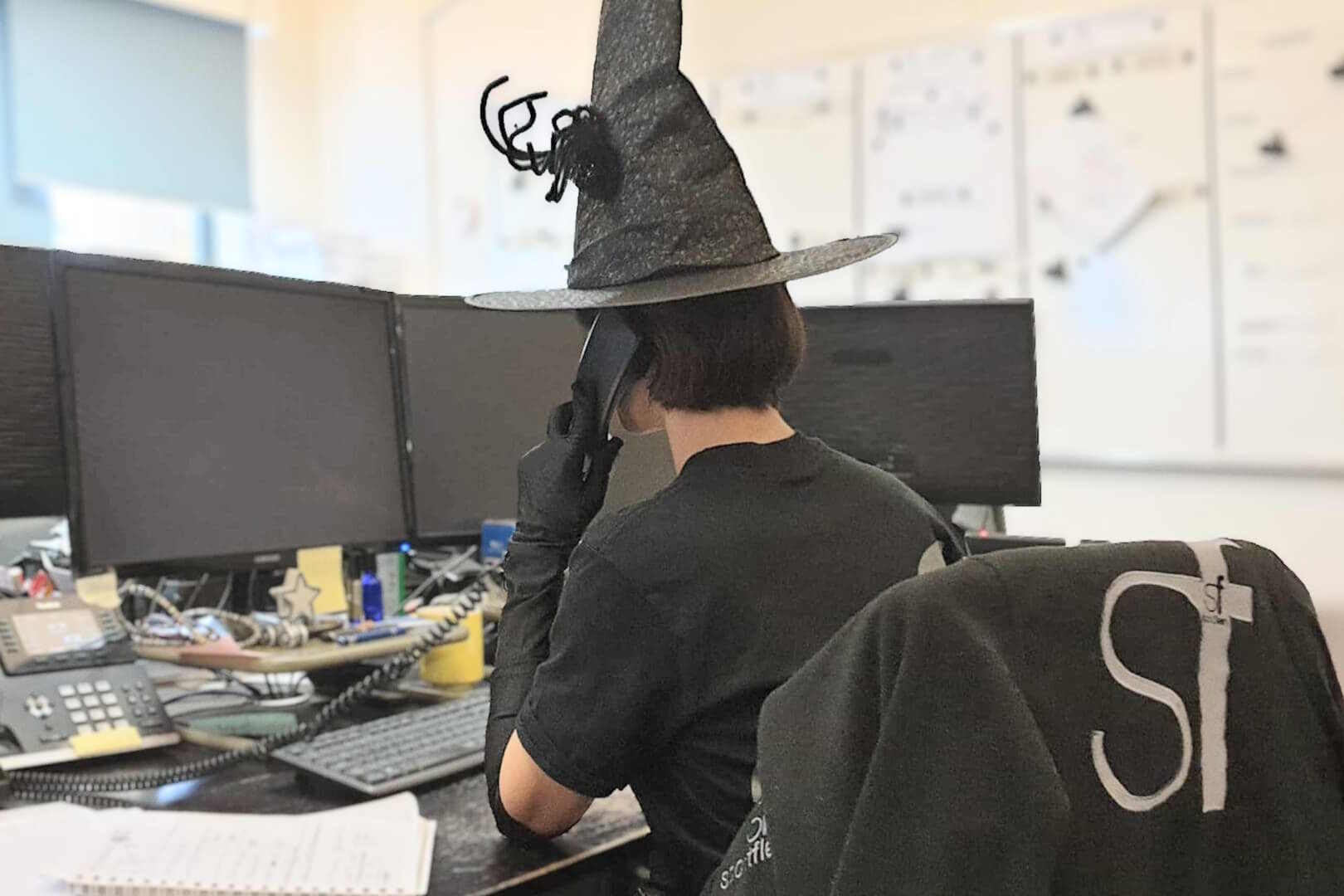Is Virtual Reality the future of viewing art?
Is Virtual Reality the future of viewing art?
Whether due to the challenges of lockdowns or a desire to democratise access to art, there has been a big shift towards Virtual Reality as a medium for viewing art. This technology has reached a new level of sophistication in recent years, making possible the kind of experiences that felt like pure science fiction only years ago. But when it comes to viewing art, is Virtual Reality going to be the future?
Digital gallery projects
The purely digital gallery is one of the clearest signs yet that Virtual Reality is going to be the future of viewing art. VOMA – the Virtual Online Museum of Art – is a prime example of the appetite for digital art and culture. This first-of-its-kind digital gallery was recently opened and is a shining example of what can really be achieved in the digital sphere. It is also displaying an interesting approach to viewing art that is much more in line with what might be a real world experience. Just like any other gallery, VOMA loans works from other institutions worldwide and displays them in spacious white-walled rooms. It is set up to feel very much like the IRL gallery experience, except that you don’t have to deal with the crowds.
Progress in Virtual Reality has been swift
VOMA is not the only project taking art from the real world and making it accessible via a virtual, digital one.
- Collecting and trading art via an app. An app launched by AcuteArt, a Virtual Reality production studio, allows for the collecting and trading of augmented reality art and has already presented the first collections.
- Frieze Viewing Room. This virtual version of the art fair was offered alongside the booths of Frieze New York, with 200 gallery spaces containing thousands of art works to buy. The new offering from Frieze also allowed users to see the art they were looking to purchase in the Virtual Reality of their own rooms at home.
- Murus Art. This platform shows users pieces of art for sale in real homes and has the same technology that allows the art to be ‘viewed’ in the potential buyer’s home.
- UNTITLED, ART Online. The first entirely virtual gallery arrived at around the same time as UNTITLED, ART Online, which was the first entirely virtual art fair in the world and attracted 60,000+ visitors.
- Hauser & Worth’s Virtual Reality tool. ArtLab is the digital innovation arm of Hauser & Worth – the gallerists fast-tracked the development and release of the HWVR Virtual Reality tool during the pandemic. This is a carbon-cutting tool helps artists visualise galleries remotely, building a 3D virtual gallery space from the ground up.
Vortic. This Augmented Reality platform creates customised virtual exhibitions and has already been integrated by some major galleries, such as Victoria Miro.
Virtual Reality has provided a solution to many of the issues that have arisen over the past year or so during the pandemic. It offers convenience, creativity and the opportunity for artists to reach a much wider audience, which is why it could be the future of viewing art.
Scott Fleary are a leading designer and installer of scenery, set construction, and technical solutions for the creative industry. More information on the various Scott Fleary's services can be found here: https://www.scottfleary.com/services
Still Have Questions?
Our friendly team is here to help you out.

